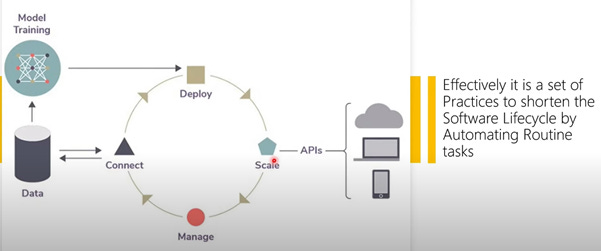Machine Learning System Design 1
The Part 1 of the 3 part Introductory Series on Engineering Machine Learning Systems.
Machine learning systems design is the process of defining the software architecture, infrastructure, algorithms, and data for a machine learning system to satisfy specified requirements.
These series of articles aim to provide an insight in the subject. Check out the video in the link about on the channel to watch the webinar.
Machine learning is broadly classified into 3 types:
1. Unsupervised Learning: Here we do clustering, and there are not many predictions to make. There is a lack of training/label data.
2. Supervised Learning: A learning where an algorithm maps an input to an output based on example input-output pairs.
3. Reinforcement Learning: It is a penalty and recommendation system. It is a loss optimization system.
The diagram on the right side shows the algorithm cheat sheet for solving four types of problems- clustering, classification, regression and, dimensionality reduction.
Modelling is all about understanding the problem, feature engineering, solve certain use cases and come up to a reasonably accurate forecast.
This gives a realistic picture of the steps in machine learning system design. To summarize it, one must prepare data and then experiment by building and training models. Finally, the best model is deployed.
Click here to read a more detailed summary of the same.
Things to ponder upon after Modelling:
These are the 4 main aspects that a data scientist must know to build an effective model.
MLOps- Operationalizing Data Science
ML is the heart of data science concerned with making models mainly utilized to solve problems. The Ops aspect of it describes operationalizing of the model for further usage.
Till further ..
𝗟𝗶𝗸𝗲, 𝗦𝗵𝗮𝗿𝗲, 𝗦𝘂𝗯𝘀𝗰𝗿𝗶𝗯𝗲
Thank you for sharing your time with us!









